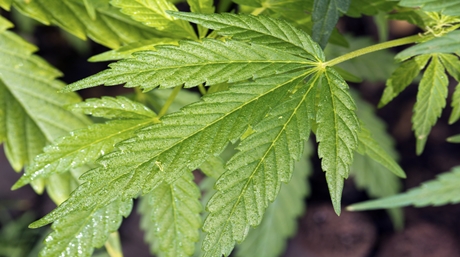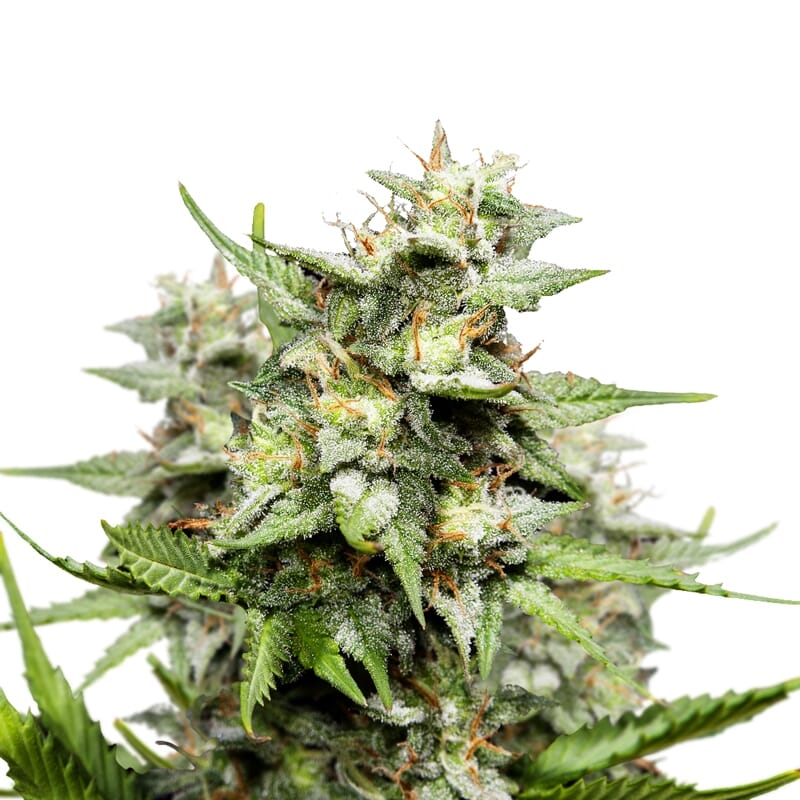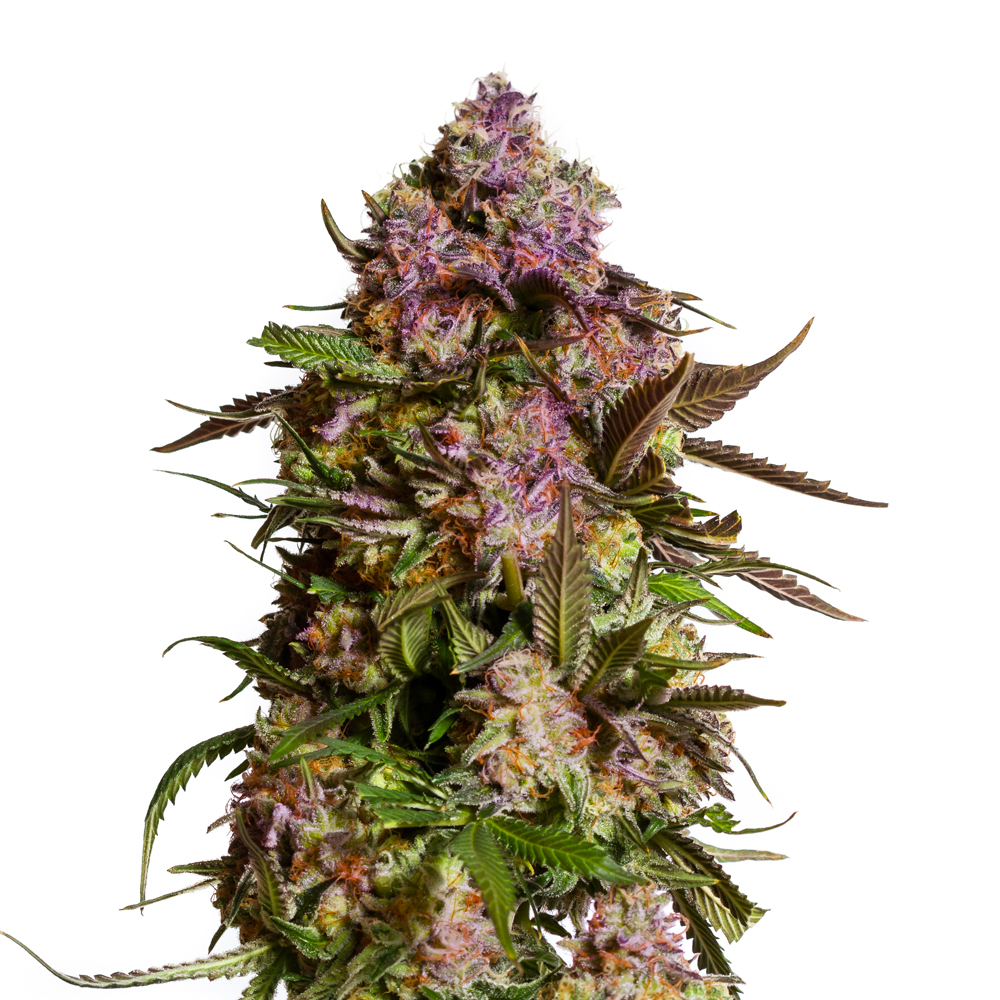Before anyone starts to speak about cannabis Ruderalis seeds, it is essential to learn the subtle history of this strain of cannabis. Even so, many people who for a long time have used cannabis still do not know Ruderalis weed, a seemingly rare, subtle, yet a type of cannabis strain that has transformed how many people view and use marijuana.
Frequently, when people talk about cannabis strains, they usually refer to the two main subtypes: Sativa and Indica. Hardly do they talk about Ruderalis strains or Ruderalis weed.
Nonetheless, you will learn how the lesser-known auto-flower strains have changed how marijuana users view and even smoke weed.
The origin of Ruderalis strains
The history of cannabis Ruderalis seeds stretches back hundreds, even thousands of years ago when cultivators from two continents grew the strain. Asia and certain parts of eastern and central Europe, particularly Russia, have been adversely mentioned as the sources of Ruderalis seeds.
Although that is now history, something interesting about this unique strain still exists. Until today, Ruderalis remains one of the leading cannabis strains in Russia, with thousands of pounds of the strain being shipped to various parts of the world where weed is legal.
Why the name Ruderalis?
It is quite interesting that when botanists studied the nature of this cannabis strain, they found that it easily and quickly escaped cultivators’ minds and inclusion into other strains because of where it grew.
According to botanists, Ruderalis seeds flourished and grew in isolated places, such as along waste ground. The word ‘ruderal’ means a plant that grows in a place where people dump rubbish.
In effect, Ruderalis cannabis is a type of marijuana strain that is weedy and grows among the most unsuitable places where no one can expect a crop meant for human consumption can grow.
Apart from escaping many people’s attention, the strain ‘chose’ to thrive in areas with extreme environments that are marred with uncomfortable conditions.
Away from the unfavorable conditions in which this crop thrives, those who now know about Ruderalis categorize it as one of the prominent cannabis strains, namely number three after Cannabis Indica and Cannabis Sativa.
A critical look at the species reveals that the strain comes between Cannabis Indica and Cannabis Sativa. Whichever it is, the point is that Ruderalis is among the marijuana strains you need to know by now.
As to whether auto-flower is equal to hemp, I think it is better to mention that the term hemp does not necessarily mean anything different. Instead, it is used in these streets to indicate a rare type of cannabis that does not have much THC.
As you may know by now, for a cannabis strain to qualify to be referred to as hemp, especially in the United States, it must not contain a THC level that surpasses 0.3%. Although the threshold differs from country to country where cannabis is legal, the difference is meager.
Auto-flower weed, on the other hand, has slightly more THC levels than hemp. Indeed, the THC level in auto-flower weed does exceed 3%; it is more than that of hemp, thus the main difference.
While Ruderalis is specifically sorted for breeding purposes, hemp is versatile. Many people worldwide use hemp for making paper food, fabrics, biofuel, and various health supplements.

To that end, you know Ruderalis could easily be compared to hemp or at least be in the same class as hemp if it had low THC levels. However, with the THC levels surpassing 0.3% in the United States and 2% in the United Kingdom and other parts of the world where cannabis is legal, it is still impossible to equate Ruderalis with hemp.
Growing Ruderalis today
Although it has never been easy to grow Ruderalis, things have changed. Today, more than ever, cannabis enthusiasts are trying to cultivate this auto-flower cannabis species.
Nonetheless, it is not always easy to do so because most cannabis growers live in environments that may not be conducive for auto-flowers. As mentioned earlier, auto-flower is a cannabis subtype that can thrive on conditions that the other two subtypes – Cannabis Indica and Cannabis Sativa, cannot even grow. For that matter, it is not a hard thing for anyone to grow auto-flower strains.
Generally, you can cultivate and grow, auto-flower strains to maturity, even in extreme climatic conditions.
Whereas most cannabis plants grow up to 100 cm (3 ft) tall, Ruderalis is usually shorter. Besides, the strain is also stalky. The tallest stalk I have ever seen is 75 cm (2.5ft), with some families attaining maturity at just 30 cm (1 ft).
The stalk is usually rugged, and it looks shaggy. The light green leaves spread out broadly compared to those of other strains. Thick and chunky steps produce small buds at the top of a mature Ruderalis plant.
Unlike other strains that start to flower much later in their growing period, Ruderalis barely start to flower a month after the seed’s germination. I believe it is because of this quick and unique flowering pattern that the strain was baptized as the ‘auto-flower’ strain. Ruderalis does this irrespective of the lighting cycle or the growing conditions, whether indoors, outdoors, or inside a greenhouse.
Final thoughts
After that candid history and detailed explanation of Ruderalis, I assume you are ready to grow this cannabis strain. You can get the seeds from our list of assorted autoflower cannabis seeds. You now know that it is no longer viable to wait until Ruderalis shows up among the rubbish, but you can grow the seeds indoors outdoors, and in a greenhouse. You don’t have to worry about the climate because, as it appears, you will still attain a lofty harvest at the end of the day. Besides, do not expect this strain to grow too tall. Even at 30 cm (1 ft) high, auto-flower can still be mature. Enjoy this third cannabis strain to the fullest.















